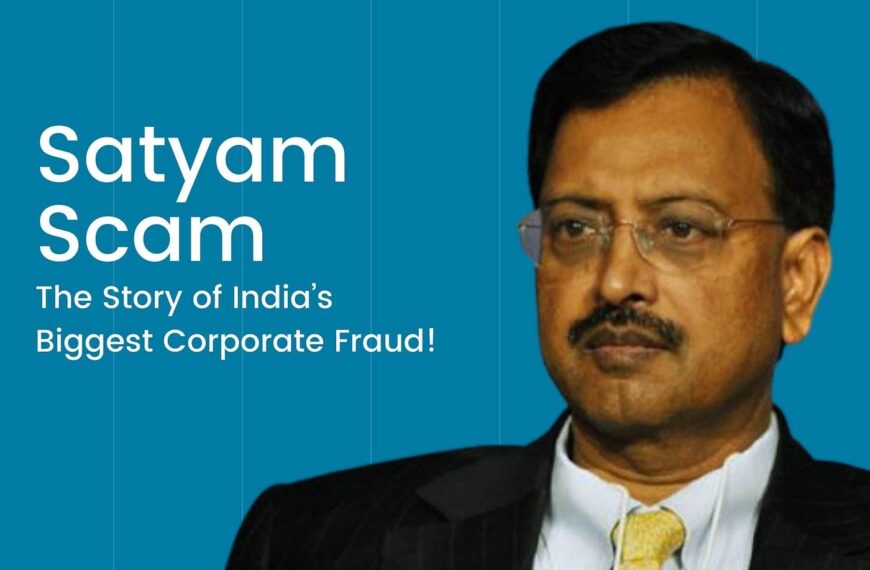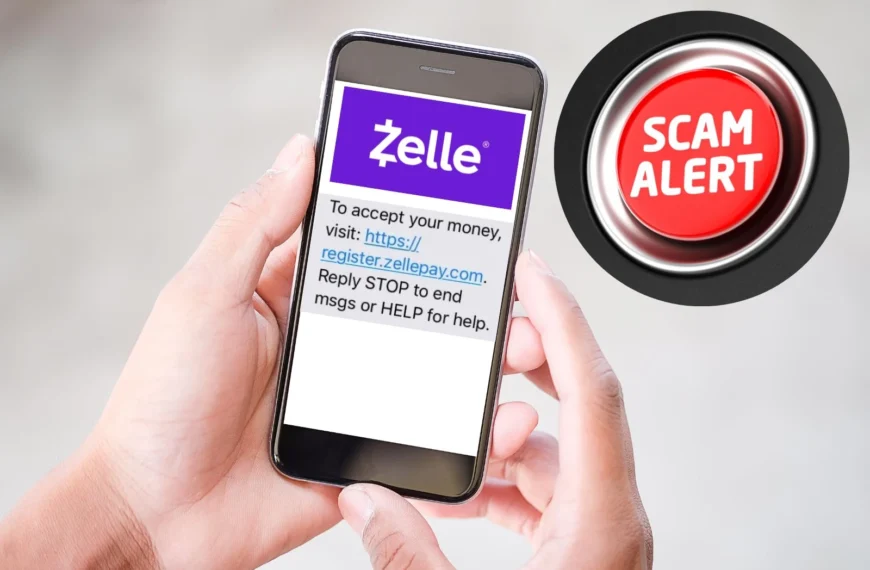The Waste Management Scandal remains one of the most notorious examples of corporate fraud in U.S. history. In the mid‑1990s, the company engaged in deceptive accounting practices designed to inflate earnings and hide real financial performance. Today, its story serves as a cautionary tale for investors and online users alike, highlighting red flags to watch for and practical measures to safeguard against scams.
What Happened: Inside the Waste Management Scandal
Waste Management, Inc. was once a powerhouse in the waste collection industry. However, between 1992 and 1997, top executives—including founder Dean Buntrock, former president Phillip Rooney, and others—manipulated financial records to meet ambitious earnings targets. Key fraudulent practices included:
- Inflated Depreciation Methods:
Management artificially lowered depreciation expenses by assigning inflated salvage values and extending the useful lives of assets (like garbage trucks). This manipulation made it appear as though the company was more profitable than it really was. - Deferred and Omitted Expenses:
Expenses such as the write-off of unsuccessful landfill development projects and the devaluation of landfills were intentionally omitted. By not recording these costs, operating expenses were understated, further boosting reported profits. - Misleading Financial Reporting:
The cumulative effect of these practices resulted in a staggering $1.7 billion restatement of earnings in 1998. The scandal not only eroded investor confidence but also led to regulatory scrutiny and hefty penalties—including fines imposed on both the company and its auditors.
This fraud—motivated by pressures to keep stock prices high and secure lucrative compensation tied to company performance—eventually cost investors billions of dollars and permanently tarnished the company’s reputation.
Spotting the Red Flags: How to Recognize Fraud and Scams
While the Waste Management Scandal was a corporate accounting fraud, many scam tactics share common warning signs that can be useful for anyone navigating online transactions. Here are key red flags to watch for:
1. Unusual Financial Claims or Guarantees
- Too-Good-To-Be-True Returns:
Be cautious when offered unusually high returns on investments or promises that defy common market logic. - Pressure to Act Quickly:
Scammers often create a sense of urgency, insisting that you “act fast” to secure an opportunity or avoid a loss.
2. Inconsistencies in Communication
- Generic Greetings and Poor Grammar:
Phishing emails or scam messages frequently use impersonal greetings and may contain spelling or grammar errors. - Unverified Sender Information:
Always double-check the sender’s email address or phone number. Official communications from reputable companies rarely come from generic, free email accounts.
3. Requests for Untraceable Payments
- Non‑Traditional Payment Methods:
Scammers usually insist on payments via wire transfers, prepaid cards, or cryptocurrencies—methods that make it nearly impossible to retrieve your money.
4. Lack of Transparency or Official Verification
- Missing or Vague Details:
Authentic companies provide clear contact details, official logos, and transparent policies. If you receive an offer without these elements, it’s a red flag.
Key Measures to Avoid Online Scams
Protecting yourself from scams is essential in today’s digital age. Here are important steps you can take:
Strengthen Your Cybersecurity
- Use Strong, Unique Passwords:
Ensure every online account has a unique, complex password. Consider using a password manager to help keep track. - Enable Multi-Factor Authentication (MFA):
Add an extra layer of security to your accounts by requiring a second form of verification, such as a text code or authentication app. - Keep Software Updated:
Regularly update your operating systems, browsers, and antivirus programs to protect against vulnerabilities.
Verify Before You Trust
- Double-Check URLs and Email Sources:
Hover over links to reveal the true web address before clicking. Look for “https://” in website URLs, which indicates a secure connection. - Contact Organizations Directly:
If you receive a suspicious email or call claiming to be from a trusted organization, use official contact numbers or visit their official website to verify.
Be Informed and Skeptical
- Educate Yourself About Common Scams:
Stay updated on scam tactics by following trusted sources like the Federal Trade Commission (FTC) or reputable cybersecurity sites. - Avoid Unsolicited Offers:
Never provide personal or financial information in response to unexpected communications, especially if they pressure you to act immediately.
Report Suspicious Activity
- Alert Authorities and Financial Institutions:
If you suspect you’ve been targeted or have already fallen victim to a scam, report it immediately to your bank, the FTC, or local law enforcement. - Share Scam Alerts:
Inform friends and family about potential scams to help them avoid similar pitfalls.
Conclusion
The Waste Management Scandal is a stark reminder that even the most established companies can fall prey to fraud when greed and pressure override ethical practices. By understanding the tactics used in such frauds and staying vigilant online, you can protect your finances and personal information from similar scams. Remember: verifying details, using robust cybersecurity measures, and reporting suspicious activity are your best defenses in the digital world.
Taking these precautions not only shields you from fraud but also contributes to a safer online environment for everyone.














